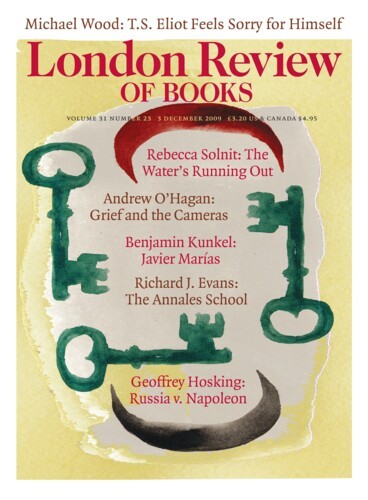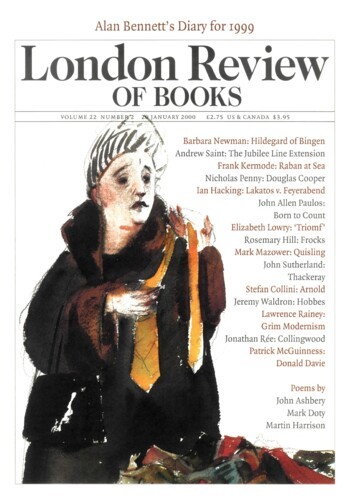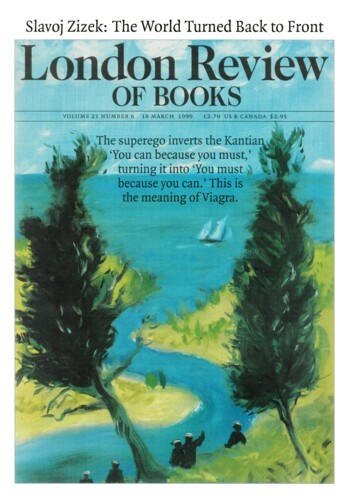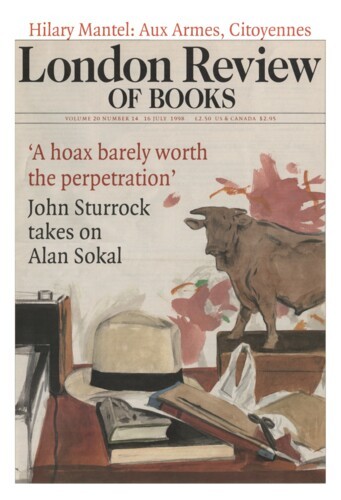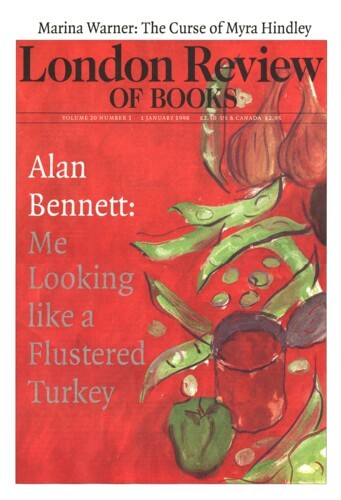The grainy photograph shows the doorway of a house, the double door itself scarcely visible, obscured by a row of three huge paintings, all four to five feet in height, which have been carefully posed on the doorstep. Each boasts an almost illegible array of shaded polygons. On top of the central painting a fourth is stacked, and flanking that, two more, both oval in shape, suspended either side of the doorway. As the eye labours across this improbable heap of images, it gradually discerns a series of masterpieces in the history of modern art, all of them by Picasso. In the row on the doorstep are the Aficionado, Man with a Guitar and The Model; flanking the doorway are the two ovals both known as Guitar; suspended between them and perched on the others sits The Poet, a debonair figure who wryly surveys the assemblage. Is the snapshot intended simply as an inventory of the work that Picasso achieved at a modest villa in the town of Sorgues in the summer of 1912, or is it a mad altarpiece of some sort, ‘an unholy polyptych’, as T.J. Clark calls it, with its wings unfolded as if ‘for Easter or Pentecost’, the ensemble crowned by The Poet, ‘raised high in place of the pantocrator’? And what should we make of this mixture of farce and metaphysics, a mixture raffishly recapitulated in the painting of The Poet, where the sombre browns are flamboyantly punctuated by black impastos, thickly ridged, shiny, almost gelatinous, which signal brilliantined hair and waxed mustachios? Clark is willing to concede its unmistakable ‘jauntiness’; but that is not enough to redeem it from what he calls ‘an impacted, melancholic severity’. Nor, he adds, was it ever intended to do so. But ‘melancholic’ about what? About modernity, it seems at first glance. For plainly, in Clark’s masterful engagement with the canonical moments of Modernism in the visual arts, modernity is always and everywhere an unremitting, irredeemable horror. Yet that is too glib – better to follow his discussion of Cubism a bit further, to tease out the darker, more compelling sources of that urgent, wistful grimness.’‘
Farewell to an Idea: Episodes from a History of Modernism by T.J. Clark. The grainy photograph shows the doorway of a house, the double door itself scarcely visible, obscured by a row of three huge paintings, all four to five feet in height, which have been carefully...
